GROUND WATER INVESTIGATION
Our practice for well siting means finding the drilling site that yields water or offers alternatives at reduced cost. That’s the purpose for the Pre-drilling Hydrogeological Assessment that uses the HydroImage method or a combination of our technologies.Ground Water and Aquifers
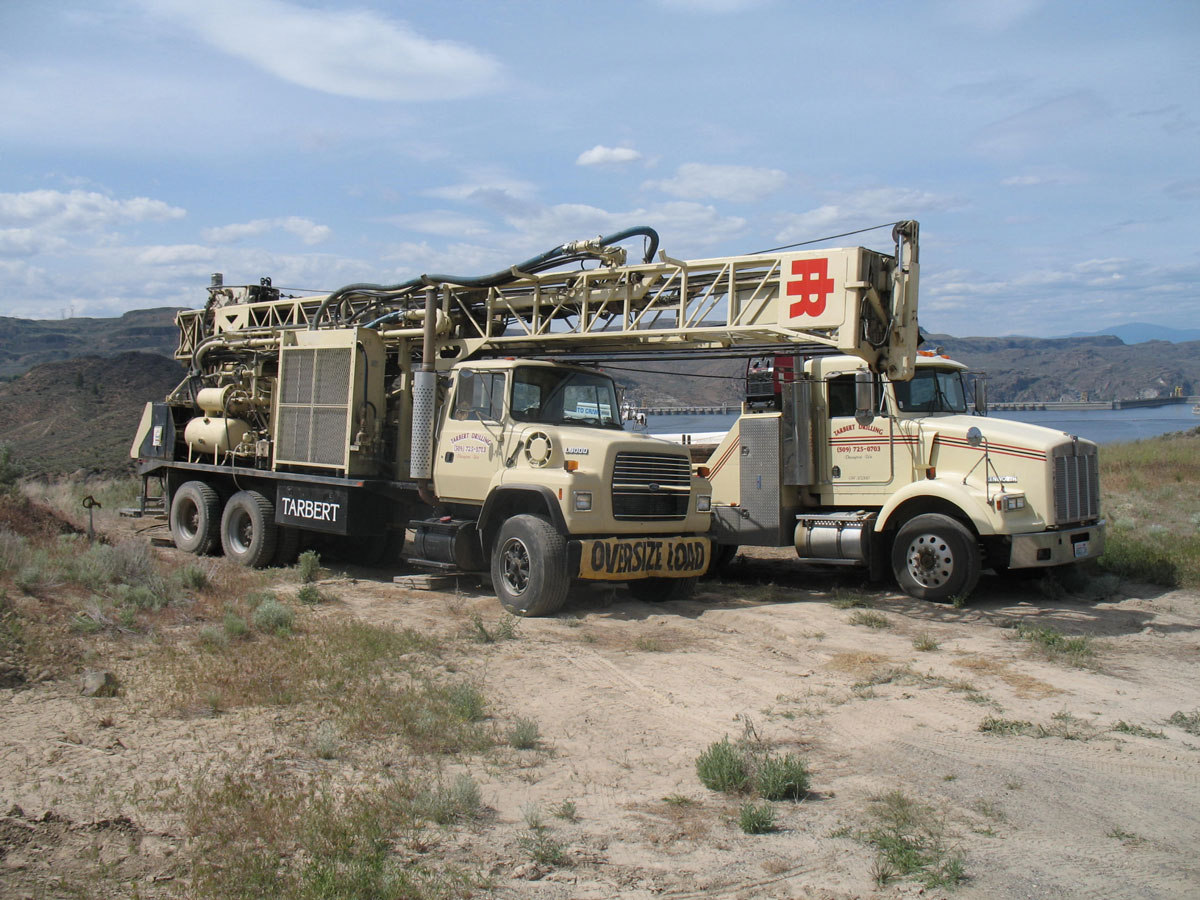
The Pre-drilling Hydrogeological Assessment
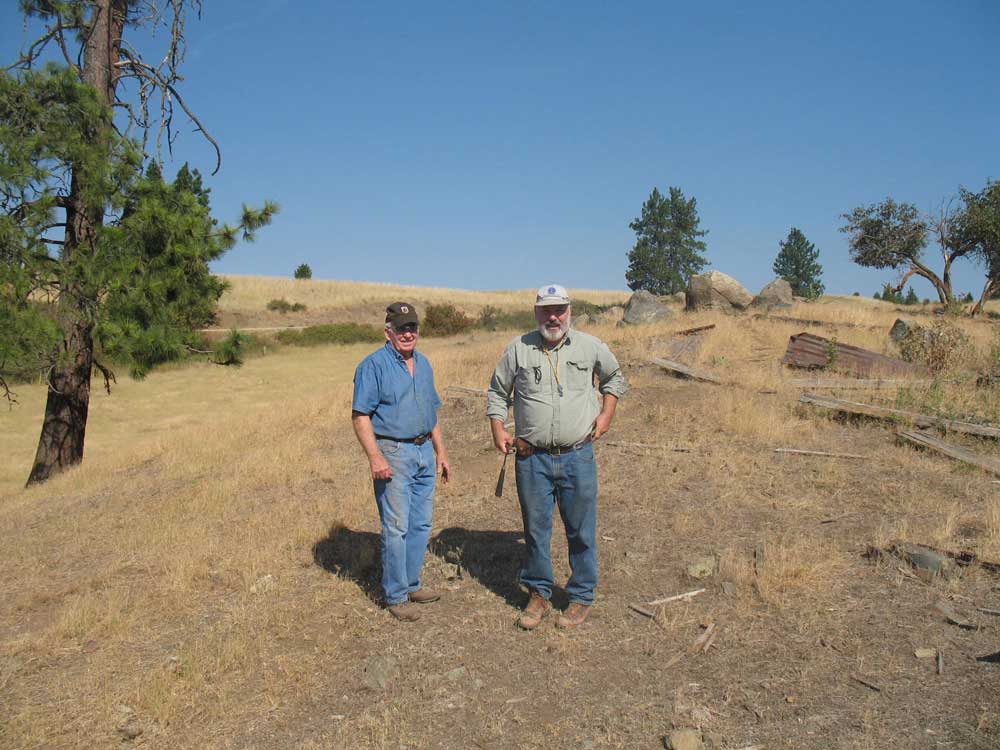
A Pre-Drilling Hydrogeological Assessment – Actual Site Results
HydroImaging Inc. conducted an assessment using earth resistivity imaging technology at the site in Washington. Two previous wells nearby, included a 500 ft deep dry boring and a second 45-ft deep well that intermittently produced 5 gallons per minute but dried up in mid-summer when the garden vegetables required irrigating. Work by HydroImaging Inc. identified a target zone at a depth of 105-145 ft and located 297 ft north of the 45-ft well. Drilling at the recommended site resulted in a new well producing 11 gallons per minute that was converted as the garden’s primary water source. Besides finding water, the HydroImaging work explained the complex hydrogeologic character of rock strata underfoot, the likely lifetime of the new well and reasons to explain the unproductive nature of the older wells. The new well is located about 100 ft to right of photo. Details of Case Study 1
Who benefits?
Is it affordable?
What Is It?
EARTH resistivity electrical imaging (ERI) is used to produce the HydroImage to produce an image of the water conditions.
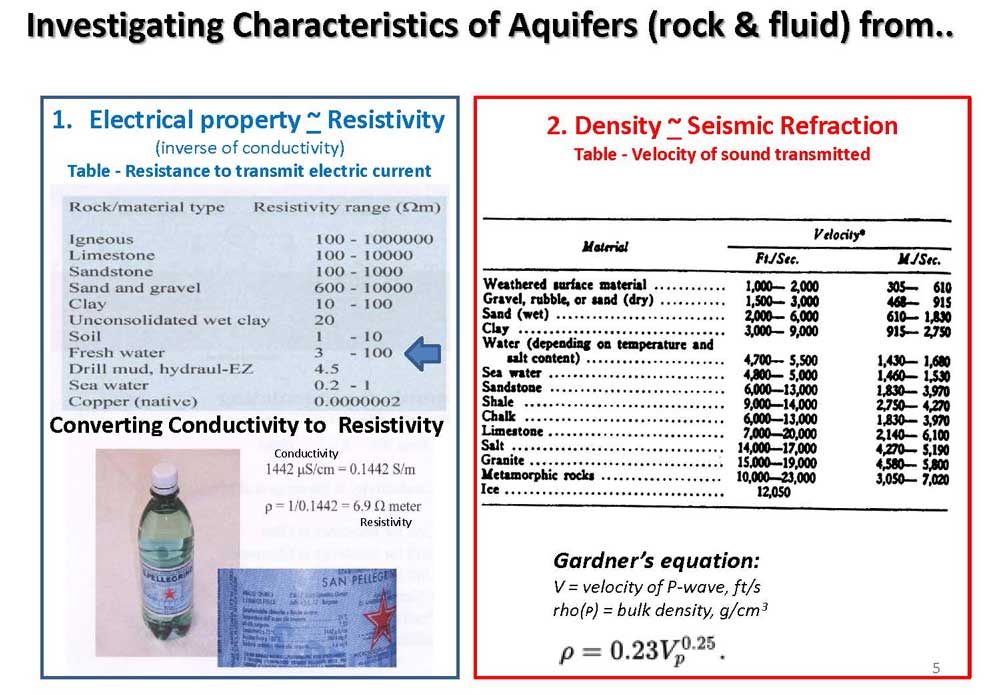
1. Electrical properties used to interpret electrical resistivity imaging data
2. Velocity (strength, density) properties used to interpret seismic refraction and shear wave (MASW) data.
History
The idea of using electrical resistivity to map subsurface rock features was originated by Marcel Schlumberger in 1912 in France. Marcel and Conrad Schlumberger patented the idea in 1923 and proceeded to map an oil field in Romania using the method. The method was applied in Europe, Canada, and U.S.A. in the late 1920s. It was soon modified to downhole surveying in boreholes in oil fields, eventually leading the brothers to the formation of the Schlumberger Well Surveying Company in 1935.
How It Works
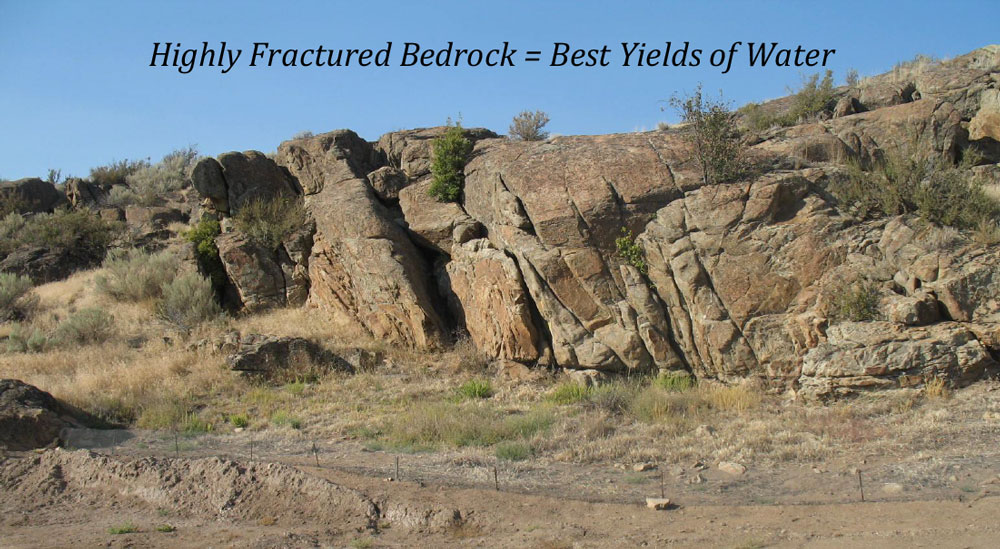
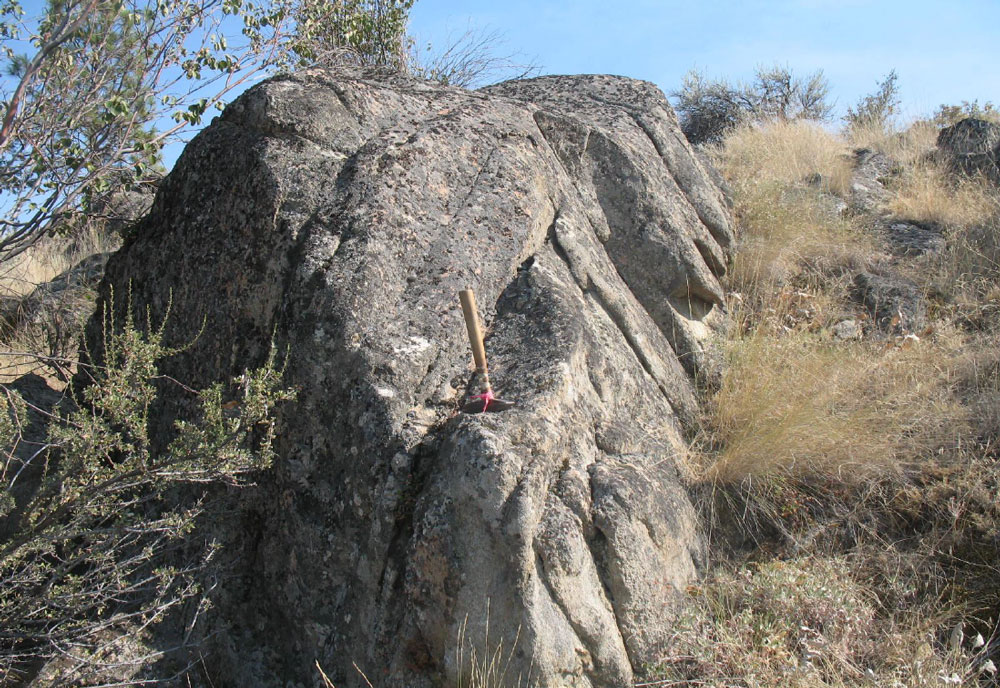
Strategy
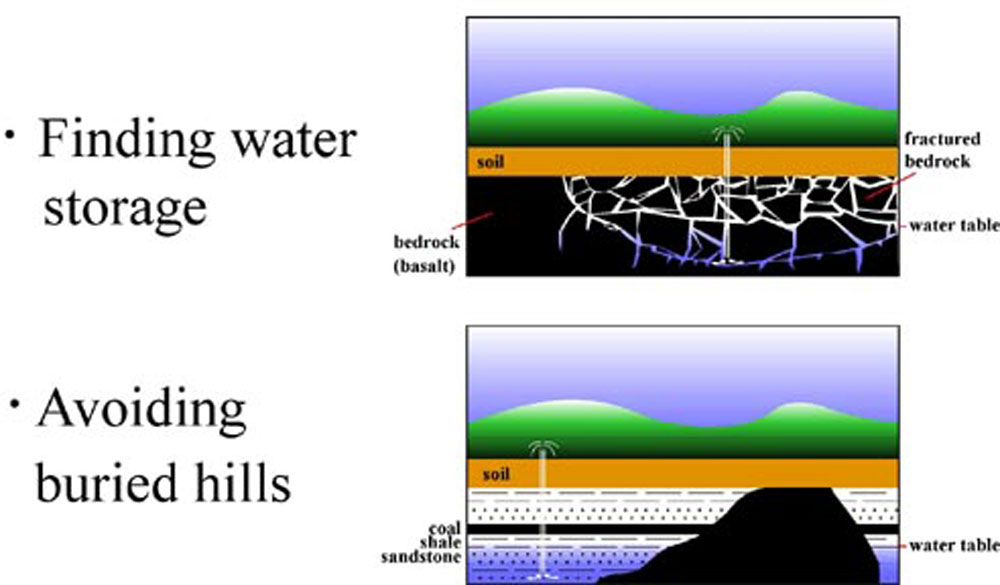
A pre-drilling hydrogeological assessment yields important information about the location of water-bearing rock strata and sites to avoid that may result in dry holes. Our philosophy is that the landowner actively participates throughout the assessment, since the landowner is knowledgeable of the site, has special needs, and assumes ultimate responsibility. Groundwater Exploration
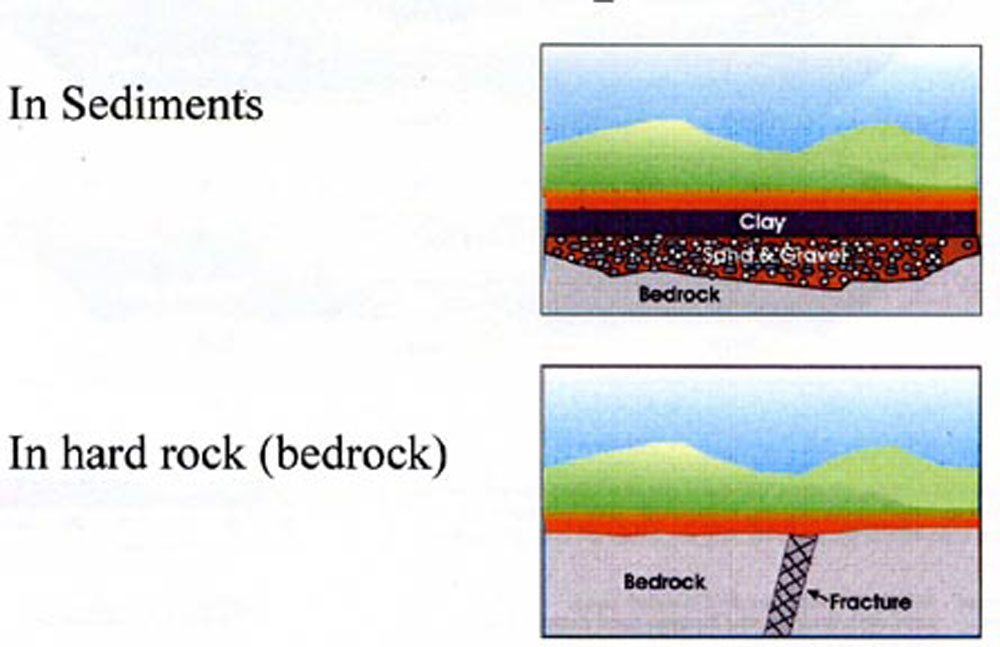
Groundwater exploration examples illustrate four conceptual aquifers, or models, that describe how groundwater occurs in the region. Water occupying the pore space between particles of sand, gravel, pebbles, and boulders is extremely common. Water in fractures or faults in hard rock (often granite bedrock) is a second situation also commonly encountered by rural water users.
The third is an example of fractures that provide a water storage within a fractured granite or basalt. (Case Study 2 – Four Mound Prairie shows ERI result identical to example 3). Case Study 3 - Earth Resistivity Profile provides a similar example although the water zones are contained in fractures within granite and gneiss.
A buried hill of granite in example four should be avoided Need a Pre-drilling Hydrogeological Assessment?.....Contact Us
